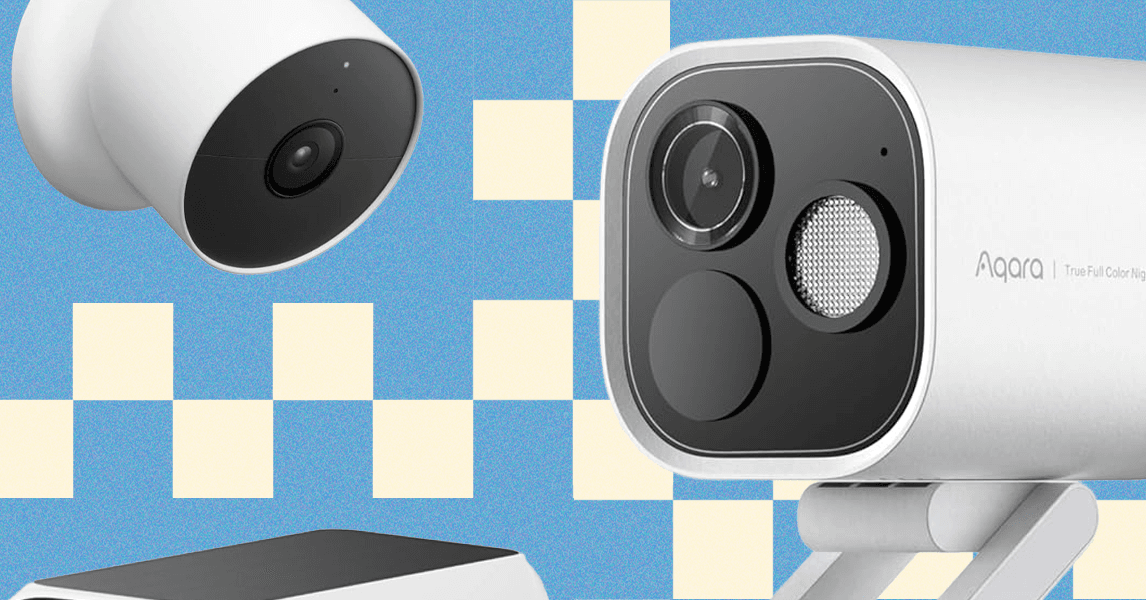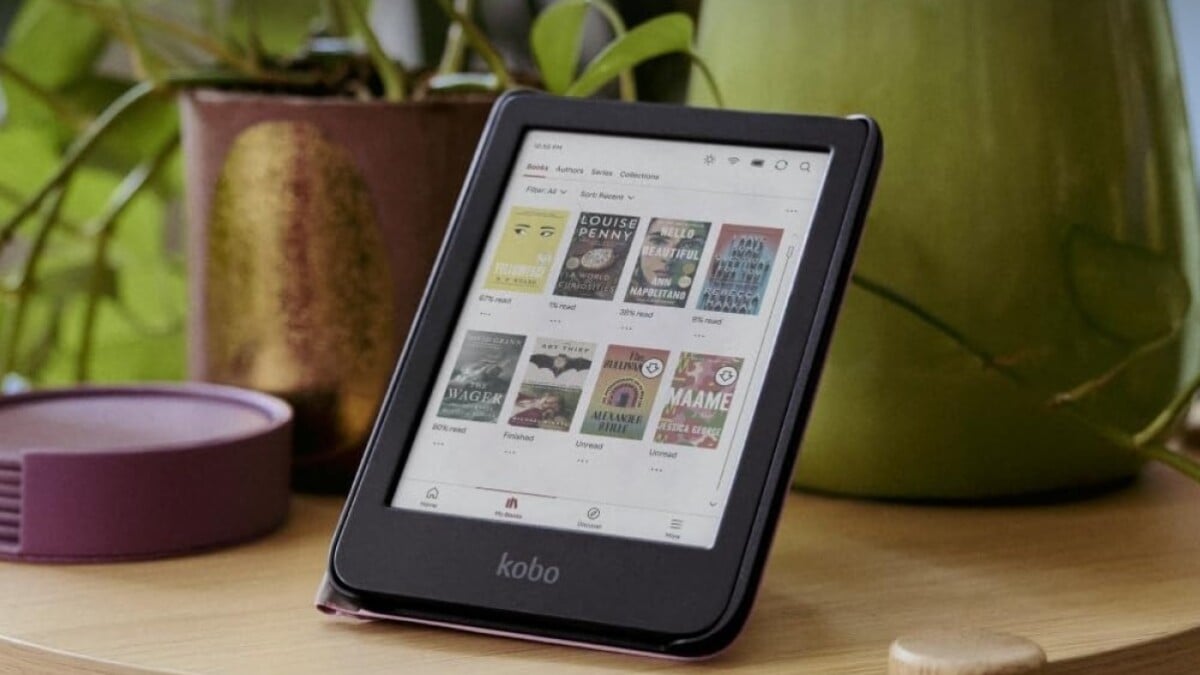Whether you want to keep tabs on your kids, package deliveries, or pets when you’re away from home, security cameras and video doorbells are an affordable and easy way to do so. But there’s one important question to settle before deciding on your ideal home security setup: Where will you store those videos? Cloud convenience can be perfect for some, while others may prefer to keep things local and subscription-free.
I’ve been testing security cameras and video doorbells for many years now, and I’m going to walk you through the main differences between cloud and local storage, discuss the pros and cons of each, and provide you with a cost comparison that includes all the main cloud storage services.
Looking for recommended devices? Our Best Outdoor Security Cameras, Best Indoor Security Cameras, Best Video Doorbells, and Best Pet Camera guides can help.
Cloud vs. Local Storage
Videos stored in the cloud are uploaded to or downloaded from internet-connected storage servers at a remote location, most likely the camera manufacturer’s facility or on hardware rented by them. Videos stored locally are saved to hardware in the camera (like a microSD card) or on a hub or plug-in chime within your home.
What Is Cloud Storage?
Cloud storage is a secure remote server space. Your videos will be encrypted, and your login details are required to access them. You can stream your video from anywhere using the app on your phone. There are only really a couple of different kinds of cloud storage for security camera videos.
- Clip recording: When a camera detects motion, it will trigger a short recording, usually between 10 and 30 seconds. The duration is often configurable, and there is sometimes a cooldown period before it can be triggered again. A handful of manufacturers offer limited free clip recording, but this is rare nowadays. Subscriptions usually give you 30 or 60 days of event recording, after which any unsaved clips are deleted. Only uploading clips helps to keep bandwidth and power demands low.
- Continuous recording: With continuous recording, the camera is constantly uploading video to the cloud. When you review your video, you usually have a timeline you can scrub through with motion detection events marked. Again, it is rare for this to be offered for free, but some manufacturers do offer a few hours of video without a subscription. For a monthly fee, you can extend the recording period, generally from around seven to 30 days. Cameras recording continuously to the cloud need a strong Wi-Fi signal and plenty of bandwidth, and generally need to be plugged in (a few battery-powered cameras can record continuously now, but only at very low frame rates, usually a maximum of 1 fps).
The Pros of Cloud Storage
- Video is stored securely online (if someone steals or destroys your camera, the footage still exists)
- Video is usually quick to access and stream wherever you are or whatever device you are using
- You don’t need any additional hardware, just the camera and an internet connection
- Video loss is less likely (lower failure risk and no maintenance required)
The Cons of Cloud Storage
- Cloud storage usually requires an ongoing paid subscription
- If the camera goes offline for any reason, it won’t record any video
- You are trusting the provider with your video (data breaches happen, and vendors can raise subscription prices)
- Uploading and downloading videos can use up a lot of bandwidth
Compare These Cloud Storage Services
Top Cloud Storage Cameras
What Is Local Storage?
Local storage is storage hardware within your home. When you store security camera footage locally, it is not sent to the internet. You can access your video from anywhere using the app on your phone (provided the device is internet-connected). Your videos will be encrypted, and you need your login details to access them. There are a couple of different kinds of local storage.
- Built-in storage: Some security cameras, video doorbells, or hub devices come with built-in storage that cannot be removed. It would usually be limited to a few gigabytes. Network Video Recorders (NVRs) or Digital Video Recorders (DVRs) also often come with built-in storage, but they tend to offer terabytes.
- Removable storage: Most security cameras with a local recording option use removable storage. This includes microSD cards, USB flash drives, SSDs, or hard drives. Whether the removable storage goes into the camera itself, a connected hub or chime, or a DVR or NVR, it will usually be sold separately, and there will generally be a size limit, so always check.
Pros of Local Storage
- No subscription needed; you pay once for hardware, and there are no ongoing costs
- Video will be recorded even if your internet goes down
- Locally stored clips are harder for anyone other than you to access
- You can keep videos and share them or back them up for as long as the hardware works
Cons of Local Storage
- You often have to buy storage, such as a microSD card or hard drive, separately
- If someone physically steals the camera or hub, they can destroy the footage
- Most cameras have a storage limit, and it can be quite low (for example, 128 GB)
- Local storage can be slower to access, especially when you are away from home
Top Local Storage Cameras
Should I Choose Local or Cloud Storage, or Both?
It depends on your home, favorite brand, and other preferences. If you don’t mind paying for a subscription and think you are likely to access videos when you are away from home frequently, cloud storage is probably the best option for you. If you balk at another monthly fee or worry about a camera company having all your footage, opt for local storage instead. To get the most from your security cameras and ensure you don’t lose videos, consider both.
While subscriptions are technically optional for some security cameras, I wouldn’t recommend buying Nest, Arlo, Ring, Blink, or Philips Hue cameras if you aren’t going to pony up for the subscription, because their best features are bundled in. You can get cameras with local storage that include most of the best features without a subscription from Eufy, Aqara, and Ezviz. Annoyingly, TP-Link and Reolink, both solid local options, bundle rich notifications that include photos into their subscriptions.
Cloud vs. Local Storage Costs
Cloud storage plans can be costly over the years, but you generally get a discount if you pay annually. While the single-camera plans are relatively expensive, subscriptions are a better value if you have multiple devices. Local storage is all upfront costs unless your hardware fails, but this is unlikely (I’ve never had a microSD card or SSD fail in several years of testing, though it can happen).
As a final decider, let’s compare the cost of some of our top recommendations over time. This is based on prices at the time of writing, so it may change.






